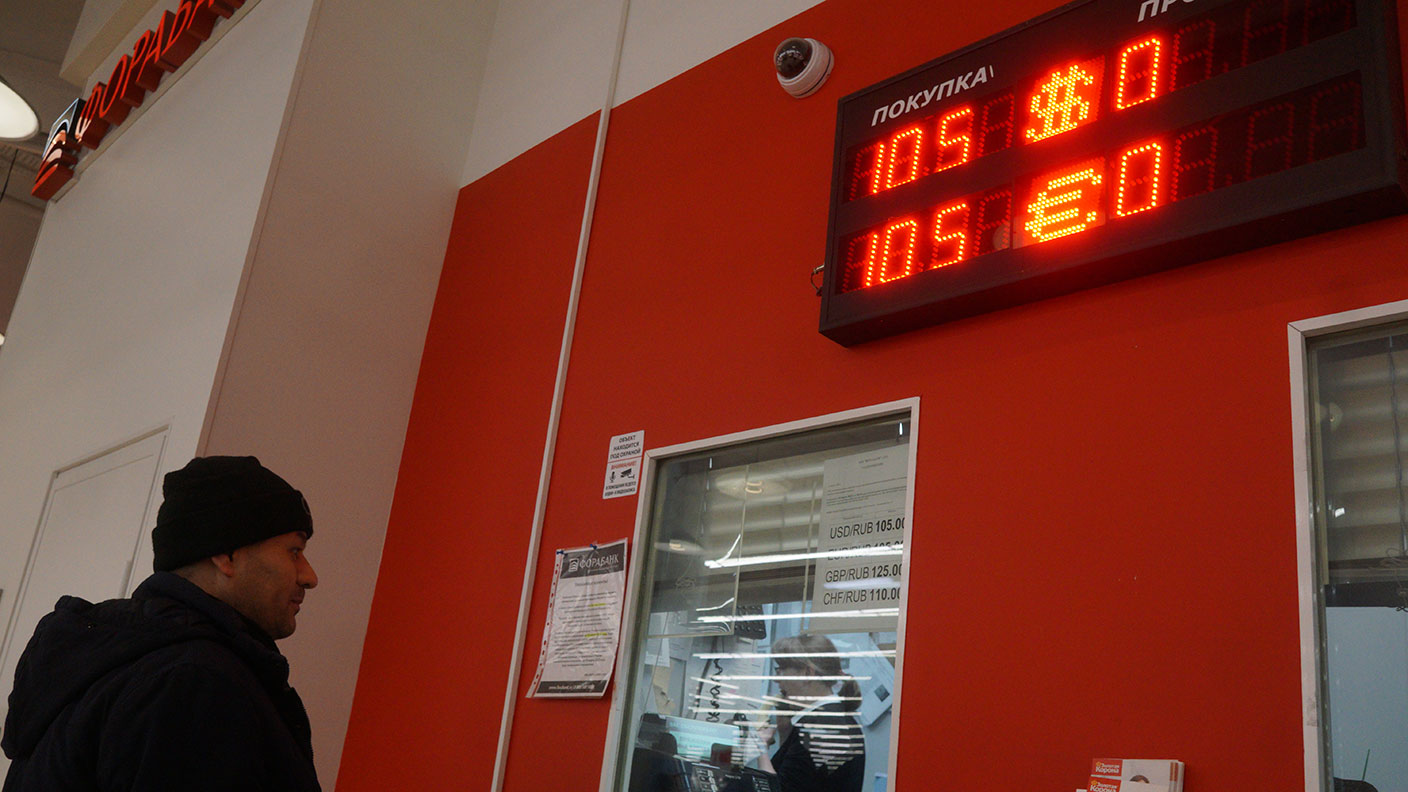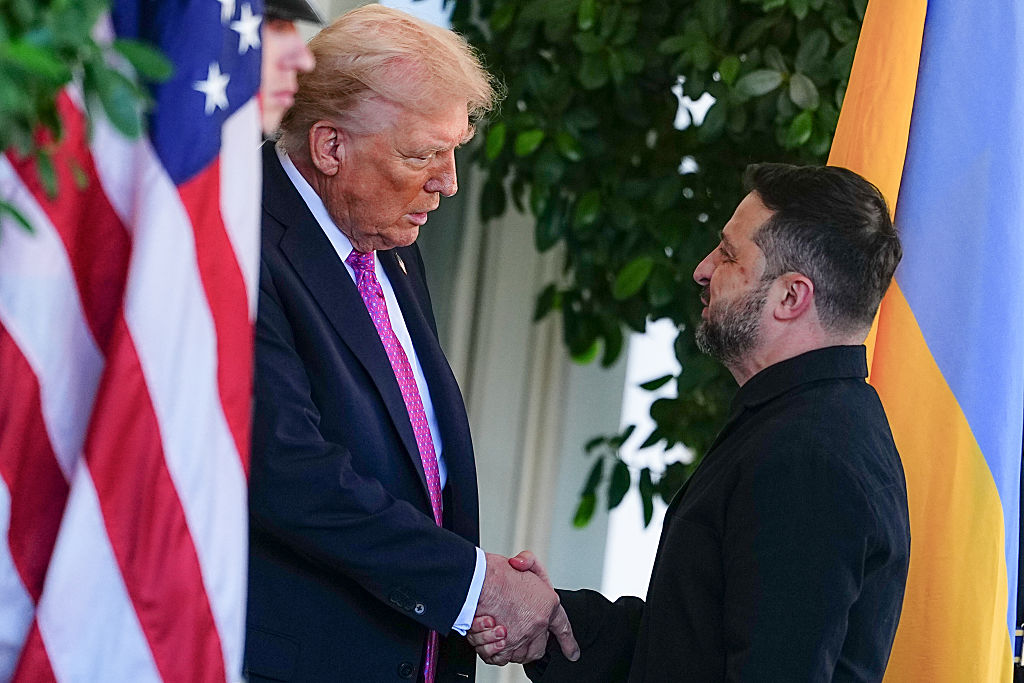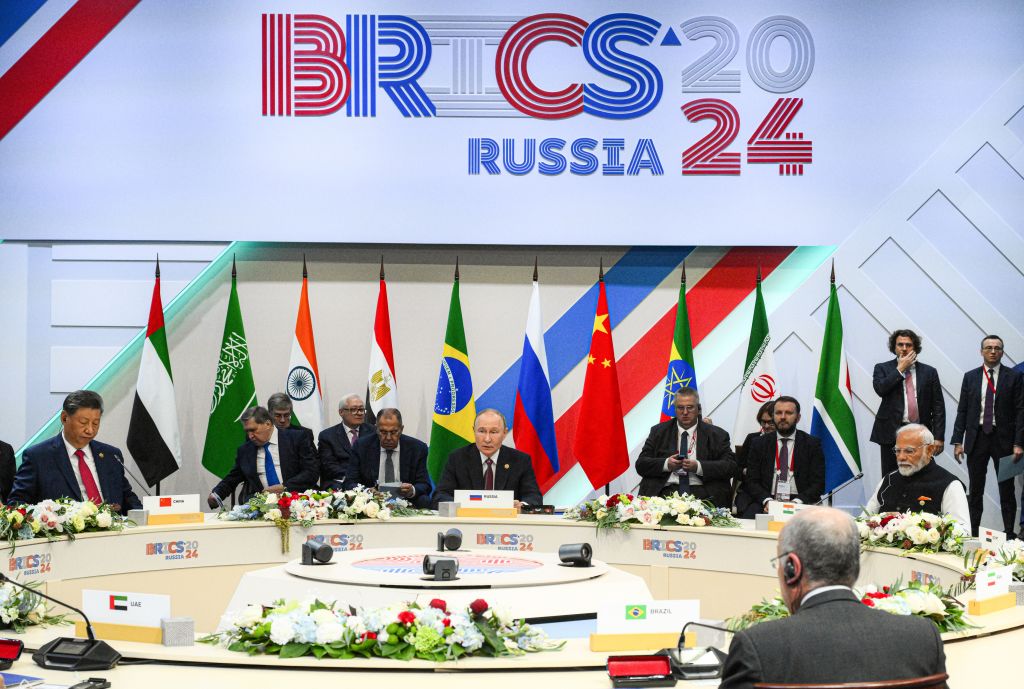Russia has avoided its first default since 1918, but it is not out of the woods yet
Russia appears to have avoided its first default in more than a century on foreign currency debt. Saloni Sardana explains what is next for Russia and whether the threat of a default still remains.


Russia appears to have escaped what could have been its first default on foreign currency since 1918.
It ordered payment of $117m in interest payments on two dollar denominated bonds on Wednesday, despite widespread speculation that it wouldn’t be able to do so. Earlier this week, Russia maintained that it would pay back debts in roubles, rather than dollars – something that would have almost certainly been classified as a default.
Russia has come under a barrage of sanctions in recent weeks, cutting it off from roughly $640bn of foreign reserves, which would make it much harder for it to repay its debt.
MoneyWeek
Subscribe to MoneyWeek today and get your first six magazine issues absolutely FREE

Sign up to Money Morning
Don't miss the latest investment and personal finances news, market analysis, plus money-saving tips with our free twice-daily newsletter
Don't miss the latest investment and personal finances news, market analysis, plus money-saving tips with our free twice-daily newsletter
So is Russia out of the woods?
Russia’s finance ministry said it made the payments to Citigroup in London, but it remains uncertain whether investors will receive the money, says the Financial Times. Under US sanctions, investors can still receive interest payments from Russia until 25 May.
The ministry said it was waiting to find out whether the payment had been accepted by Citi or not. If Wednesday’s payment is not accepted, then Russia has a 30-day grace period before it officially defaults on its foreign currency debt.
And the Wall Street Journal points out that Russia still has another $615m in payments to make by the end of March, and a further $2.1bn is due in April, so Russia is still not out of the woods.
And Fitch said earlier this week that failure by Russia to pay debt on OFZ bonds, due on 2 March would result in default if it was not “cured” within 30 days.
OFZ bonds, which are local currency bonds, are federal loan bonds issued by Russia’s government. The country’s Ministry of Finance auctions them to fund the federal budget or to bail out troubled banks. So, OFZ plays a crucial role in Russia’s financial system.
How much foreign debt does Russia have?
At just under $60bn, Russia’s foreign currency debts are considered minuscule compared to some other countries. This is partly because Russia has been under some form of sanctions since it invaded Crimea back in 2014.
As the Wall Street Journal puts it, “Russia has been fairly restrained in raising money in recent years, partly out of prudence and partly because of previous rounds of sanctions.”
Because of this, the last time Russia issued dollar-denominated bonds was back in 2019.
Last week, credit ratings agency Fitch downgraded Russia’s once investment grade credit rating to junk. Russian bonds are trading at around 20% of their face value.
What would it mean for the economy?
Russia’s payment on Wednesday means the likelihood of a default has fallen. But, if it does still happen, while certainly an unpleasant market event, it is unlikely to reverberate too harshly across the world.
Many foreign investors had already trimmed their exposure to Russia.
Before the invasion, Russian sovereign debt represented around 6% of JPMorgan’s emerging market bond index. But on 7 March, JPMorgan said it would remove Russian sovereign and corporate debt from its indices.
Blackrock – the world’s biggest asset manager – is estimated to have had the most exposure to Russian dollar debt, with approximately worth $1.5bn of holdings.
A default makes restructuring agreements between debtors and creditors extremely difficult given the sanctions that are currently in place.
So a Russian default risks investors having to weather the losses until a deal can be brokered with the Kremlin. But that is a while away.
Another point of reassurance according to the Wall Street Journal is that not all Russian companies are struggling with payments. “Despite the rhetoric, some Russian companies, such as Gazprom, have made on-time payments on their foreign debt in US dollars, so it’s not clear what the Russian government will decide to do.”
Has Russia defaulted before?
Russia’s last debt crisis of 1998, when it defaulted on local currency bonds, shook Wall Street.
Long Term Capital Management (LTCM), a hedge fund, held a significant position in Russian government bonds and had to be bailed out to the tune of $3.6bn by a number of Wall Street banks organised by the Fed. LTCM entered into liquidation two years later.
Get the latest financial news, insights and expert analysis from our award-winning MoneyWeek team, to help you understand what really matters when it comes to your finances.
Saloni is a web writer for MoneyWeek focusing on personal finance and global financial markets. Her work has appeared in FTAdviser (part of the Financial Times), Business Insider and City A.M, among other publications. She holds a masters in international journalism from City, University of London.
Follow her on Twitter at @sardana_saloni
-
 ‘Why I have ditched my Help to Buy ISA for cash savings and the stock market’
‘Why I have ditched my Help to Buy ISA for cash savings and the stock market’Without the 25% bonus, my Help to Buy ISA is effectively redundant, says MoneyWeek writer Sam Walker.
-
 Is your inheritance tax allowance cut if you sell to downsize or sell your home to pay for care?
Is your inheritance tax allowance cut if you sell to downsize or sell your home to pay for care?Downsizing relief is a little-known benefit that could save your loved ones tens of thousands of pounds in inheritance tax after you’ve died.
-
 No peace dividend in Trump's Ukraine plan
No peace dividend in Trump's Ukraine planOpinion An end to fighting in Ukraine will hurt defence shares in the short term, but the boom is likely to continue given US isolationism, says Matthew Lynn
-
 Investors need to get ready for an age of uncertainty and upheaval
Investors need to get ready for an age of uncertainty and upheavalTectonic geopolitical and economic shifts are underway. Investors need to consider a range of tools when positioning portfolios to accommodate these changes
-
 What's behind the big shift in Japanese government bonds?
What's behind the big shift in Japanese government bonds?Rising long-term Japanese government bond yields point to growing nervousness about the future – and not just inflation
-
 Halifax: House price slump continues as prices slide for the sixth consecutive month
Halifax: House price slump continues as prices slide for the sixth consecutive monthUK house prices fell again in September as buyers returned, but the slowdown was not as fast as anticipated, latest Halifax data shows. Where are house prices falling the most?
-
 Rents hit a record high - but is the opportunity for buy-to-let investors still strong?
Rents hit a record high - but is the opportunity for buy-to-let investors still strong?UK rent prices have hit a record high with the average hitting over £1,200 a month says Rightmove. Are there still opportunities in buy-to-let?
-
 Pension savers turn to gold investments
Pension savers turn to gold investmentsInvestors are racing to buy gold to protect their pensions from a stock market correction and high inflation, experts say
-
 Where to find the best returns from student accommodation
Where to find the best returns from student accommodationStudent accommodation can be a lucrative investment if you know where to look.
-
 The world’s best bargain stocks
The world’s best bargain stocksSearching for bargain stocks with Alec Cutler of the Orbis Global Balanced Fund, who tells Andrew Van Sickle which sectors are being overlooked.
